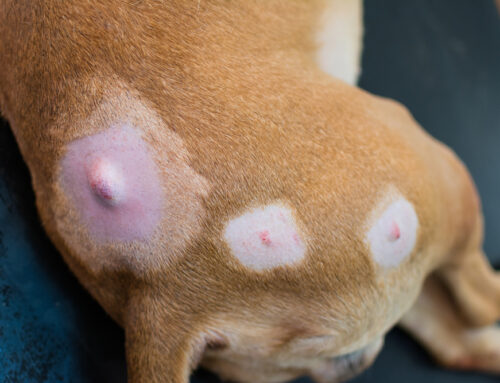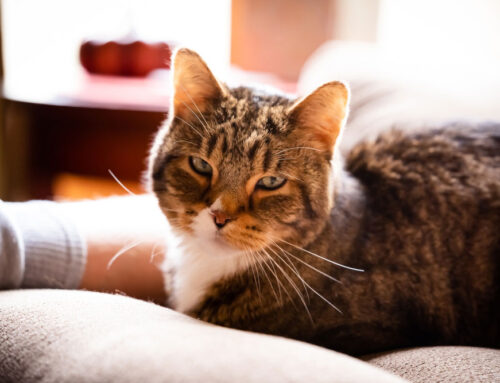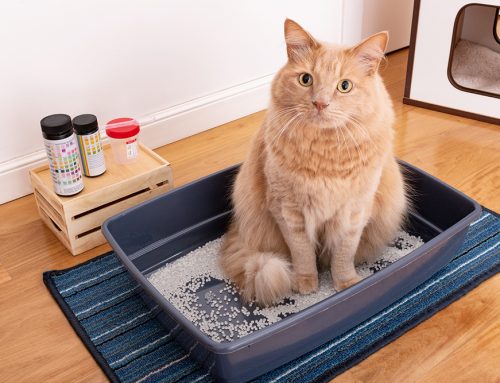Most of us feel anxious about having a procedure under anesthesia, and we worry about our pets the same way. While some nervousness about your pet is normal, anesthesia is sometimes necessary to ensure your pet receives special care. Our team at Oliver Animal Hospital wants to help you feel more comfortable about your pet being anesthetized, so we’ve put together an anesthesia overview that will explain why pets need anesthesia, any associated risks, and how our skilled veterinary team keeps your pet safe and pain-free during their procedure.
Why do pets need anesthesia?
Some veterinary procedures must be performed while your pet is anesthetized for two main reasons.
- Pain elimination — The word “anesthesia” comes from the Greek word meaning lack of sensation, and a pet under anesthesia will not experience any pain or stress during a procedure. Anesthesia eliminates only the pain during the surgery, however, but pets will be discharged with pain medication to help during recovery from surgery.
- Keeping pets still — During surgery, your pet needs to remain completely still while the veterinarian performs the procedure, to prevent mistakes and complications, and to prevent a painful pet from being aggressive.
A pet under anesthesia experiences complete muscle relaxation and total loss of pain sensation.
What are the anesthetic risks for pets?
Anesthesia for pets, as for humans, is safer than ever before, but does come with some risk, albeit small— the anesthetic death rate is 0.05% in healthy dogs and 0.11% in healthy cats—and few pets have any problems with anesthesia. Of course, complications can occur, but our veterinary team takes every precaution to ensure your pet is healthy enough to handle anesthesia and to keep them safe during surgery. Factors that can affect a pet’s risk include:
- Breed — Some breeds have specific sensitivities to anesthesia, including greyhounds, Cavalier King Charles spaniels, and brachycephalic breeds (e.g., bulldogs, pugs, Boston terriers).
- Size — Toy- and giant-breed dogs have a higher risk of anesthetic complications.
- Health history — Certain health conditions can affect drug metabolism, circulation, or respiration, and increase your pet’s complication risk, including obese pets and those with a heart condition, or kidney or liver problems.
- Age — Senior dogs and dogs younger than 12 weeks of age are at increased risk because of aging changes or immaturity.
What safety precautions are taken when my pet is anesthetized?
Our trained veterinary team will support your pet before, during, and after undergoing anesthesia.
- Physical examination — Before scheduling a surgery that requires anesthesia, our veterinarian will perform a thorough physical examination of your pet to check their general health and identify any conditions that may affect anesthesia.
- Blood work — Pre-anesthetic blood work ensures your pet’s kidneys and liver can safely metabolize anesthetic medications.
- Medications — Specific medications that ensure appropriate sedation to calm your pet and analgesia (i.e, pain control) are administered.
- Intravenous (IV) catheter — We will place an IV catheter, usually in a leg vein, after we have shaved and cleaned the site, to provide a secure route for medication and fluids.
- Intubation — Once anesthesia is induced, we secure your pet’s airway with an endotracheal tube to ensure continuous oxygen and anesthetic gas delivery, and to prevent airway closure or collapse.
- Monitoring — While your pet is under anesthesia and during their recovery, a veterinary professional will monitor them closely.
How can I prepare my pet for anesthesia?
You are a vital part of your pet’s anesthesia experience, and can reduce your pet’s risk by following all our veterinarian’s instructions before and after your pet’s anesthetic procedure.
- Food — Your veterinarian will usually ask that you stop feeding your pet the night before their procedure, because pets with food in their stomach are more likely to vomit or regurgitate while under anesthesia, which is an aspiration risk.
- Water — While your pet’s stomach should be empty before anesthesia, you do not need to remove their water until a few hours before surgery, to prevent dehydration.
- Medication — Ensure your veterinarian is aware of your pet’s over-the-counter medications and supplements, because some medications can interact with anesthetic medications and should not be given before an anesthetic procedure.
What can I expect after my pet’s anesthesia?

Many pets are sleepy for 12 to 24 hours after anesthesia, but any lingering effects, such as grogginess and constipation, should subside in 48 hours. We will not let your pet go home until we know they have had a successful recovery.
If you have been holding off your pet’s dental cleaning or other procedure because anesthesia is involved, we hope this overview has allayed your fears. But, do not hesitate to contact our Oliver Animal Hospital team if you have additional questions or concerns.








Leave A Comment